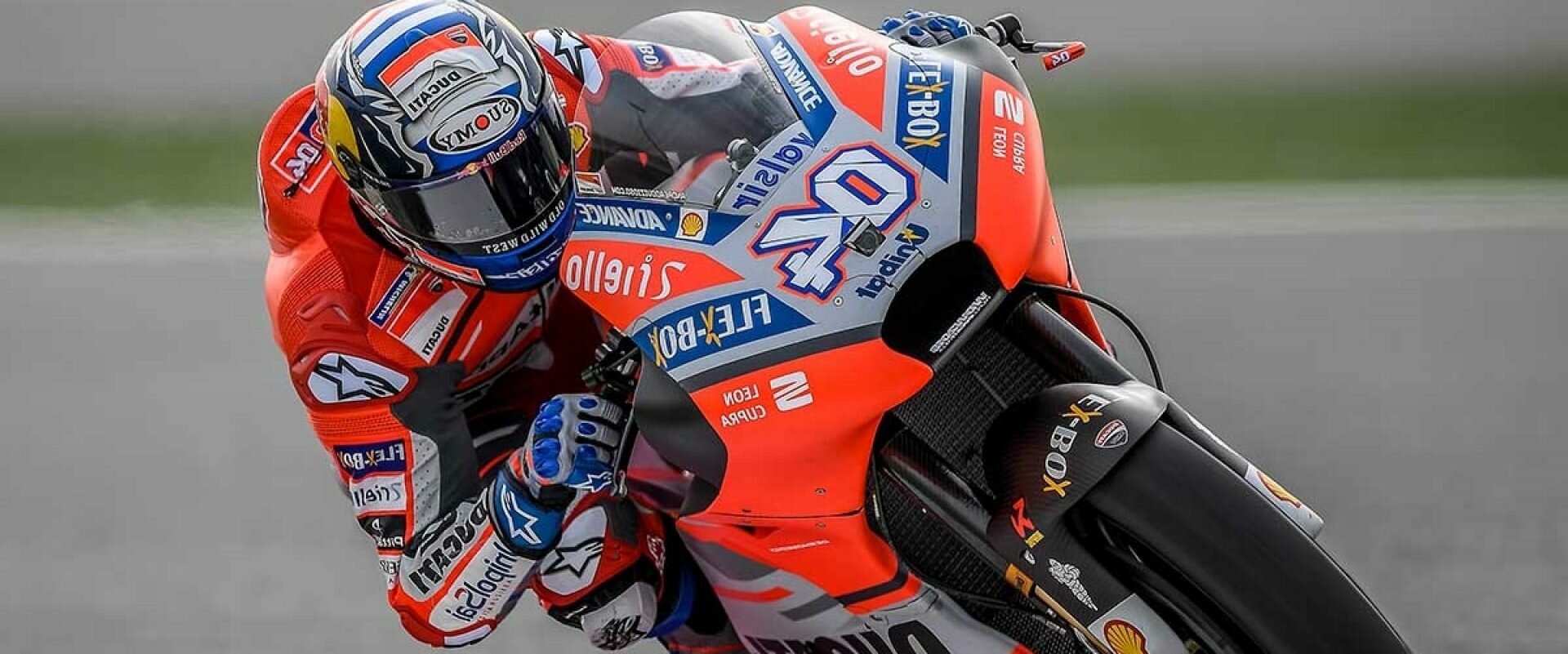Steve Smith’s concussion raises troubling memories for Australian cricket
(CNN) — The ball crunched from the Australian cricketer’s forearm. Shortly afterwards, another rocketed into Steve Smith’s neck — just below his left ear — poleaxing the Aussie batsman.
Unflappable, unwavering and unflustered — as he was during this Ashes series — Smith had appeared on track for tis third straight century Saturday before, beneath a murky, grey skies, England fast bowler Jofra Archer began to unsettle the 30-year-old Australian.
During a fiery spell which featured a delivery clocked at 96mph, both Archer and Smith moved toe-to-toe like a few heavyweight boxers in a competition that had audiences gripped.
READ: European Cricket League: Pavel Florin has financing out of Shane Warne
A race to be fit
Scans later revealed no fracture on to Smith’s arm but the 92mph bouncer which cannoned to the Australian’s neck proven to have had a much more lasting impact.
Back in the changing room, Smith was initially put through routine evaluations by Australian team doctor Richard Saw, and the batsman returned to the game on Saturday before finally being disregarded for 92.
But, following the close of play on Saturday, Smith complained of migraines and has been then ruled out of the remainder of the game on Sunday — even Marnus Labuschagne becoming the very first concussion substitute in a Test.
The third Test starts on Thursday in Leeds, however, the 30-year-old Australian won’t be rushing his return.
“It is obviously a quick turnaround between Test matches,” Smith said on Sunday.
“I’m going to be evaluated within the next five or five weeks, every day a few occasions, to observe how I’m feeling and how I’m progressing.
“I’m hopeful I’ll be available for this Exam game, but it’s definitely up to the health staff and we will have discussions.
“It is definitely an area of concern, concussion, and I want to be 100 percent fit. I have got to be able to train a couple of days outside and then face fast bowling to be certain my response time is in place.”
READ:’ Steve Smith’likely the best Test batsman we’ve ever seen’ since Australia crushes England in opener
A dark reminder
The sight of the Australian batsmen lying on the ground having been struck by a cricket ball brought back several troubling remarks to Australian cricket.
At 2014, Australian batsman Phillip Hughes died aged 25, two weeks after being struck in the head by a ball when batting in a domestic match.
After Hughes’ horrible passing, changes were made to protect batsmen, with stem guards made and created optional for players to wear their helmets.
After initially not feeling comfortable playing the guards on his helmet,” Smith believes he might need to rethink his position on them following this recent episode.
“I believe I, along with a few different players at the group, find it a little bit different, uncomfortable compared to what we are utilized to,” he said.
“I believe a small bit claustrophobic when it is on. I feel like I’m enclosed and not overly comfortable.
“It’s definitely something I want to probably have a look in and possibly try from the nets and see whether I could get a way to get comfy with it.”
READ: Sledging and the bitter battle for iconic minuscule trophy
The correct decision
Research completed by Cricket Australia indicates that postponed concussion — where symptoms do not develop until a few hours after the first blow — occur in approximately 30 percent of cases.
In the next Test at Lord’s, three players had been struck on the head and Smith had been the only player to suffer a concussion.
And given just around 20 percent of head impacts in cricket result in a concussion, Alex Kountouris, Cricket Australia’s manager of sport medicine, believes removing a participant from the game each time they were struck in the head would be unnecessary.
“The reality is only about one in six or five head influences end up in concussion,” Kountouris said at a press conference in Australia on Monday.
“When we pulled out each player who had a head effect, we would be pulling out 80 percent of players that do not have a concussion and taking them from the match. So that would be an overreaction.
“If you have a take a look at that match, there have been three other head impacts and just Steve needed a concussion.
“He did not have a concussion at the time (he was struck ) so he had been permitted to perform. When we took him out of this match, we’d have been leaving him out of the game without any reason other than that which we found on the area.”
WATCH: Jason Roy on life in and beyond the boundary
Following protocols
Kountouris also stated he was”100%” fulfilled by Dr. Saw’s remedy of Smith.
“At the close of the day, our physician pulled him out of day five of the Test match, which was a pretty critical part of the match,” he said.
Visit CNN.com/sport for more information, features, and videos
“Our physician is an expert in his area, he is trained to pick up even the little signs of concussion.
“(He) has been brilliant. He did was in accordance with this protocol, he was very comprehensive, and we know he’s very comprehensive. We are 100% pleased with what happened over there.”
Australian direct the series 1-0.
